As Singapore gradually emerges from the circuit breaker measures implemented to curb the spread of COVID-19, many businesses are looking forward to resuming operations.
However, things will not return exactly to how they were before. These two months in an unprecedented situation in Singapore have changed the mindsets of many retailers and businesses in Singapore.
Digital businesses find opportunity in crisis
Business models that were digital or online before COVID-19 have seen an increase in uptake since the pandemic. For example, YQueue, an online ordering and payment solutions provider, previously had to provide much education about its systems and their importance among F&B establishments. However, demand for their system increased greatly during the circuit breaker, and, with many safe distancing measures still in place in Phase 2, the system’s capabilities to reduce queues and physical contact is likely to remain attractive.
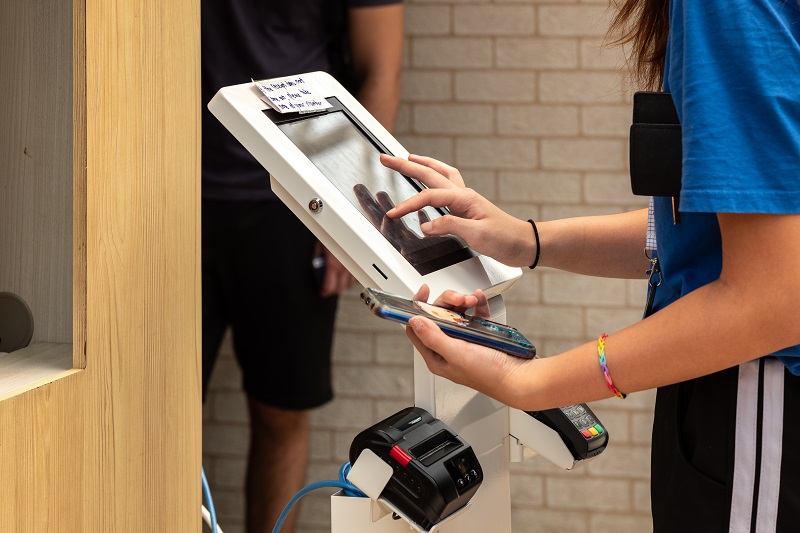
Similarly, Singapore Home Cooks, a Facebook page platform that links suppliers of quality ingredients direct to consumers, also saw increased traction during the circuit breaker. They report an 3-4 fold increase in viewership of their Facebook Live platform, with trust and credibility built among consumers. As such, they are likely to continue this live-selling service.

Adoption of online and social media platforms
Other companies that had relied on physical interactions before the circuit breaker also turned to online platforms and social media to help sustain their business. Post COVID-19, some of these strategies appear likely to stay.
Art gallery Ode to Art, for example, had relied on physical visits to their gallery by clients who viewed the artworks in person before purchasing. Their social media platforms were mainly for updating of promotions or product information.
As COVID-19 hit, however, their online concierge service, where art collectors received a personalised link to view and select artworks through an online inventory, became more popular. The chosen artworks were then delivered by consultants to the customer’s home, removing the need for a physical visit.
The gallery also turned to Facebook Live, scheduling a regular art programme aiming to spark interest and promote artists. The platform allows for real-time interaction and sneak peeks into international artists’ studios – something not done before.
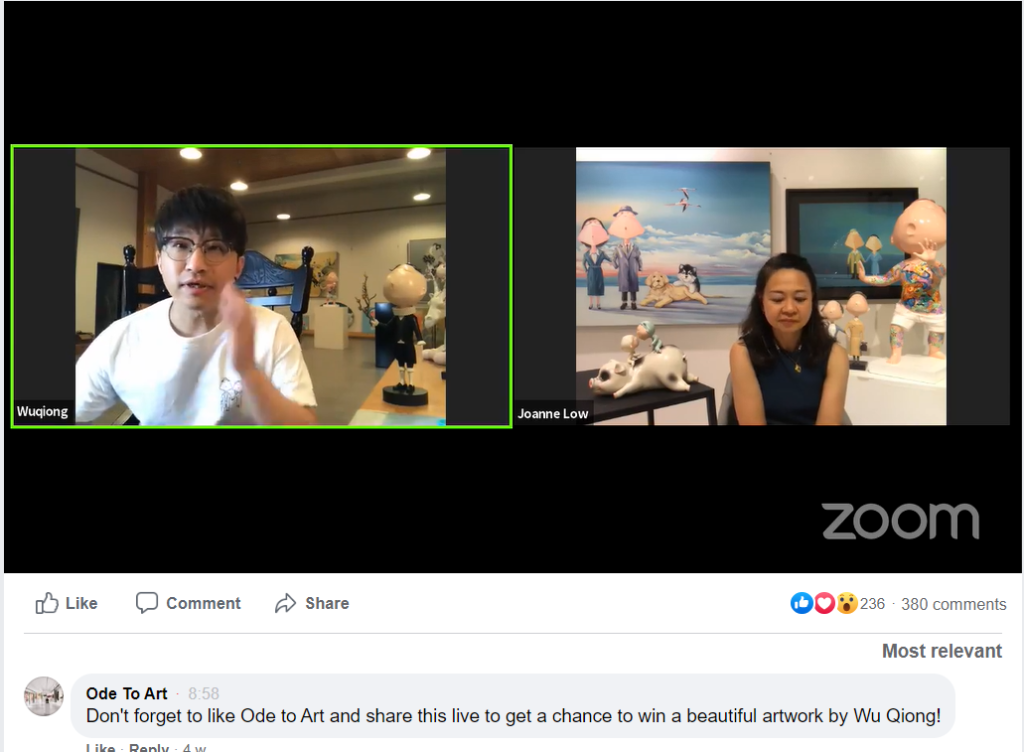
Although the gallery has been allowed to open in Phase 2, albeit with safety distancing measures and a limit on the number of viewers, the online concierge service and Facebook Live will continue with virtual exhibitions planned as no physical events are allowed for the time being.
A similar shift in strategy was experienced by Audio House, a home appliances retailer. Pre-circuit Breaker, customers were encouraged to visit the showroom to touch and feel products before purchase. Their use of social media was mainly to update promotions and product information.
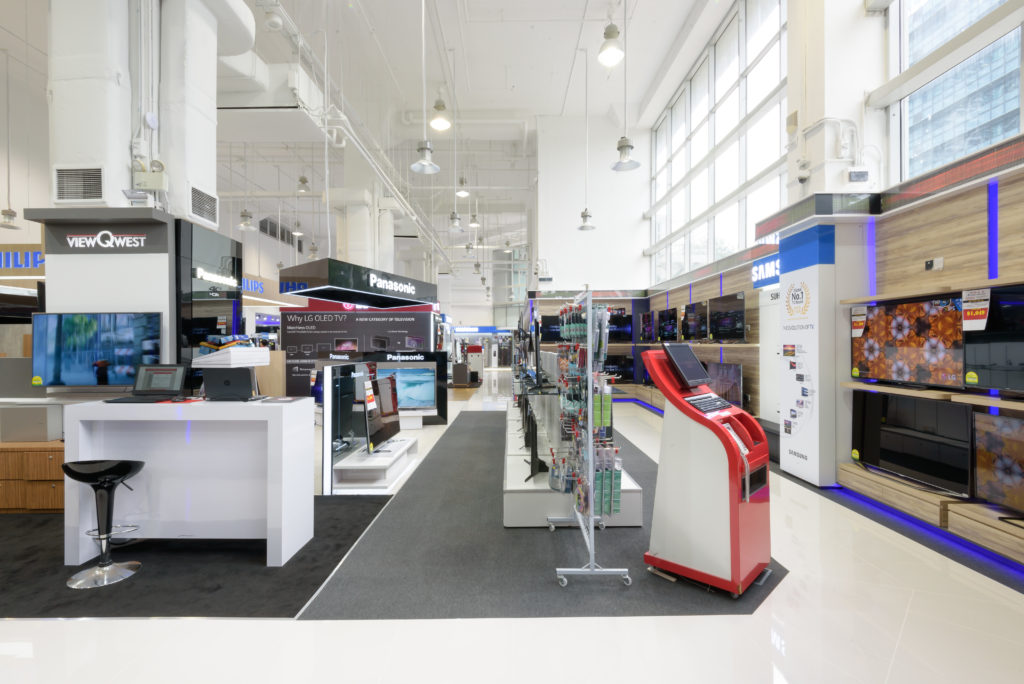
The circuit breaker period proved how effective Facebook Live can be. The company witnessed over 70,000 views per video, with over 1,800 viewers at a given point in time. This, coupled with the increased demand in delivery for even smaller items, has encouraged the company to shift from offline retail, placing more emphasis on the online store.
Innovative shifts from physical to online operations
For some businesses whose main strategies centred heavily around physical ,in person showroom demonstrations, the circuit breaker proved a push towards adopting new approaches that are likely to stay.
Ruhens, a water purifier brand, formerly relied on showroom demonstrations where customers could taste the water, and experience the functions of their products. They also organised Group buy sessions with exclusive offers, where homeowners visit the showroom in large groups to grab the best deals.
However during the circuit breaker, the company realised that this was not the only way to operate: customers still purchased their products without visiting their showroom. As such they are looking at expanding their business online, particularly through the use of Facebook Live. At the same time, they have developed a more agile mobile showroom, that provides the flexibility of reaching out to consumers island-wide.
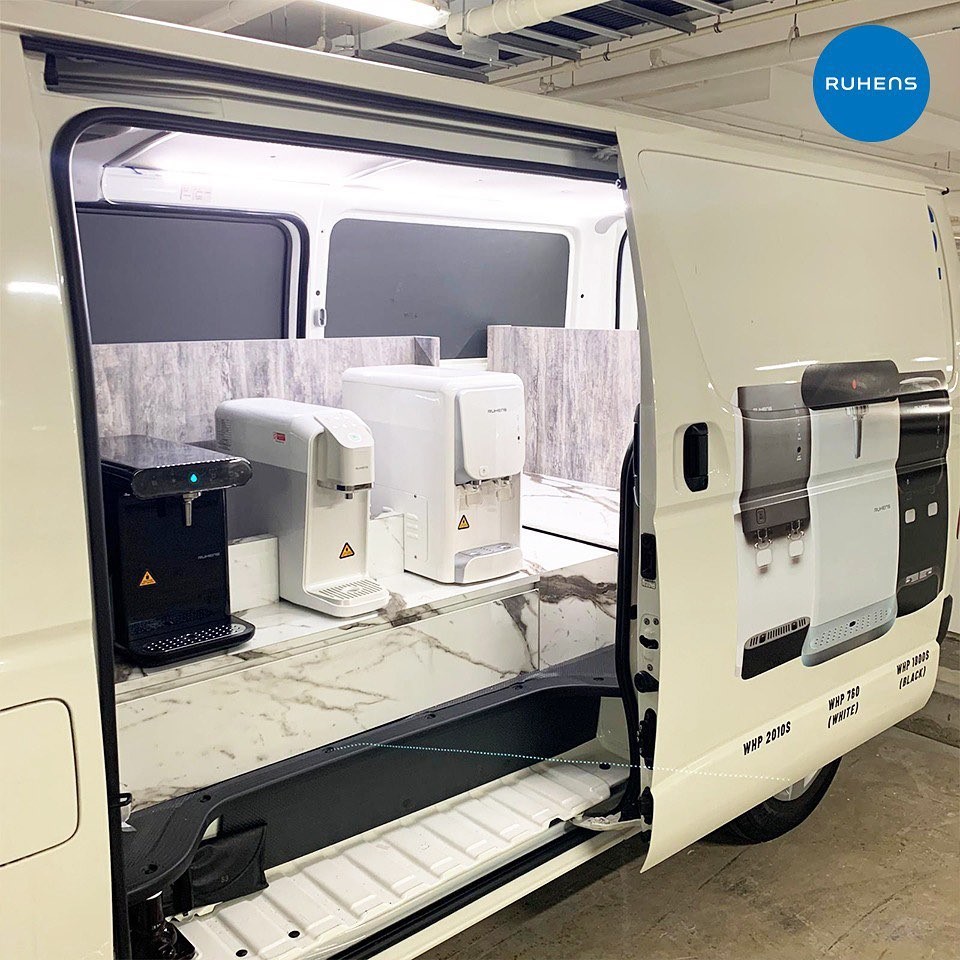
For ERA Singapore, a realty network, virtual tours provided a means of circumventing stay at home restrictions during the circuit breaker. As potential buyers, out of necessity, became more open to the idea, agents facilitated virtual tours via Zoom video calls and 360 virtual tours.
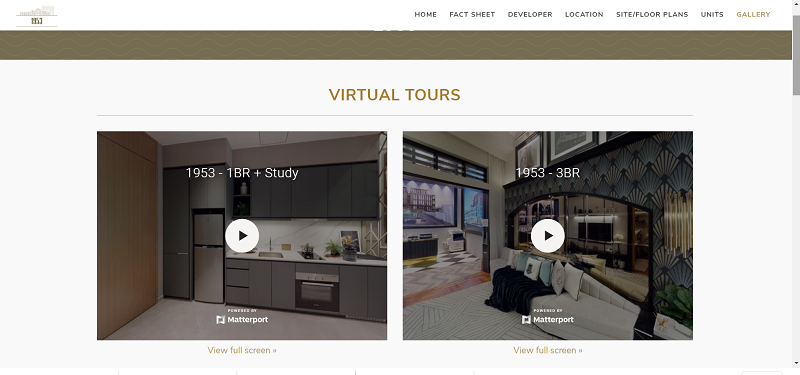
At the same time, the company used online apps to facilitate the work processes, reducing the need for physical signings of documents by buyers and sellers facilitated by the agents. Internally, what used to be physical trainings and seminars for its salespeople, were modified as webinars to maintain the continuity of training.
Moving forward, though property viewings will resume in Phase 2 (with not more than 5 people in a group), virtual tours of showflats will still be available to help facilitate first round of shortlisting process.
Proceeding into the new normal
As Minister Heng Swee Keat described in the Fortitude Budget statement, the shift to digital transformation had already occurred before COVID-19, but the pandemic’s effects have accelerated it. “We will not go back to our old ways. Digital solutions will become more deeply embedded in our lives,” he continued.
In this climate, many businesses have changed their operations, taking greater advantage of the social media and online platforms available. As consumer preferences and norms also shifts, businesses must find new strategies to move forward into the new normal.














